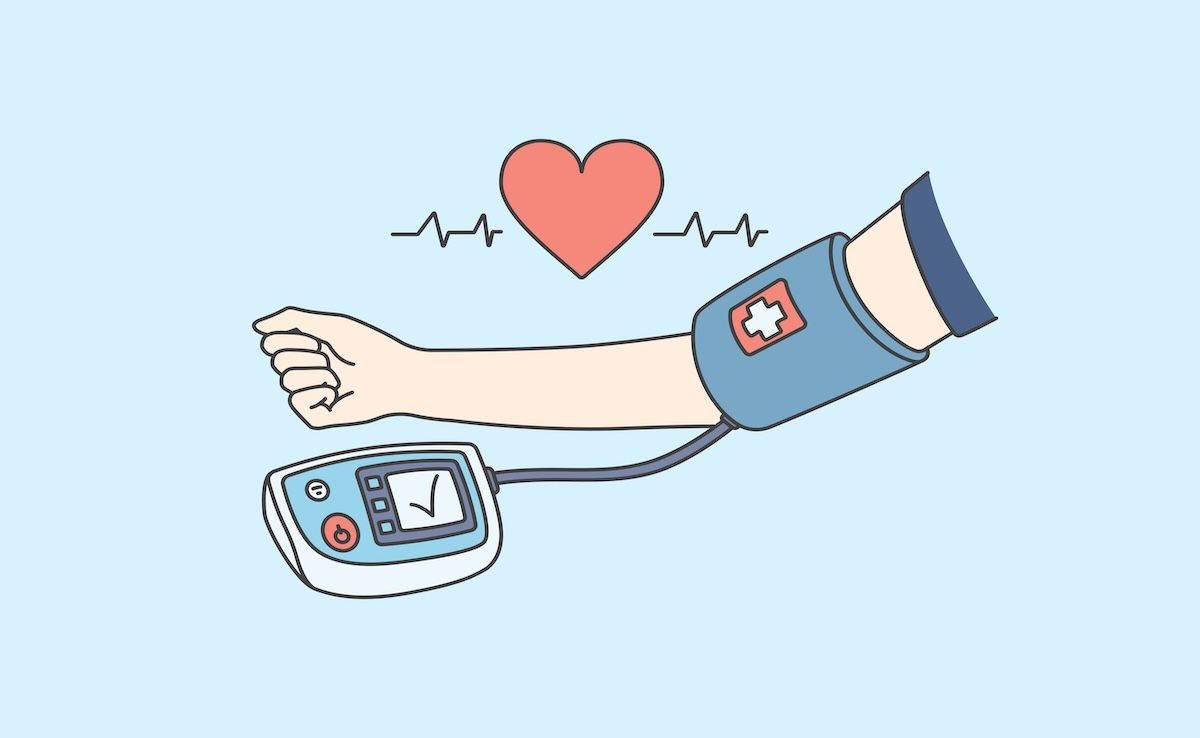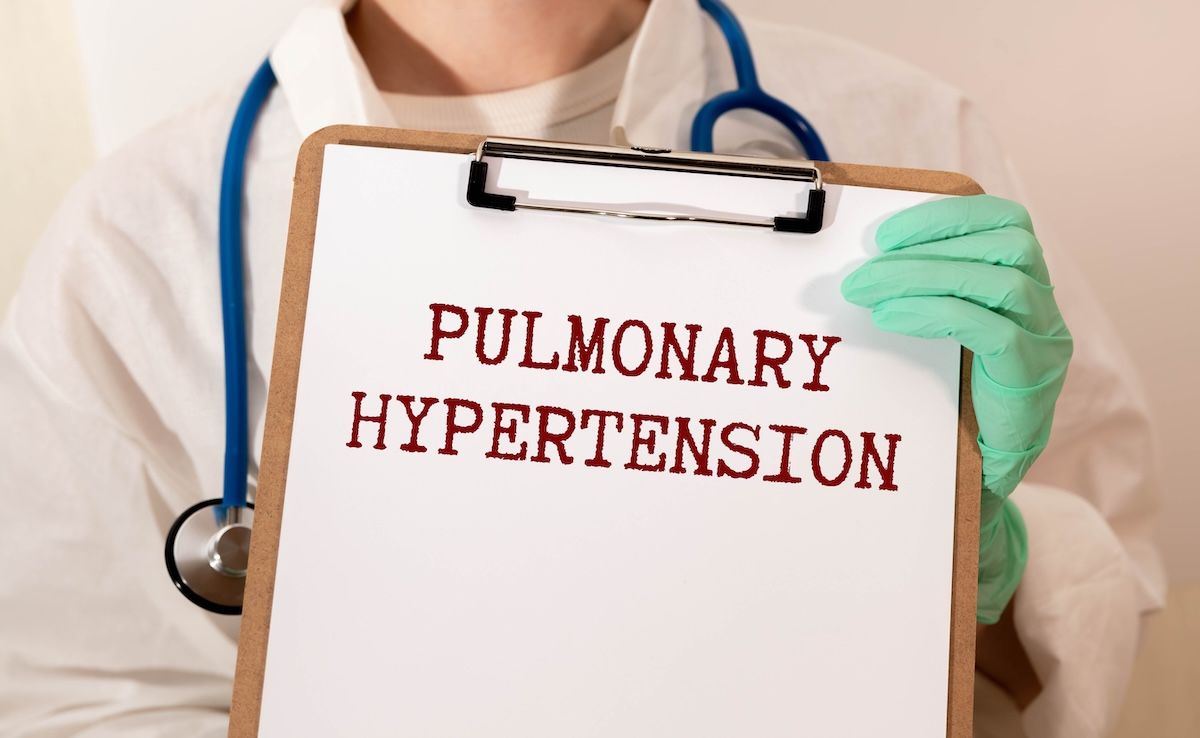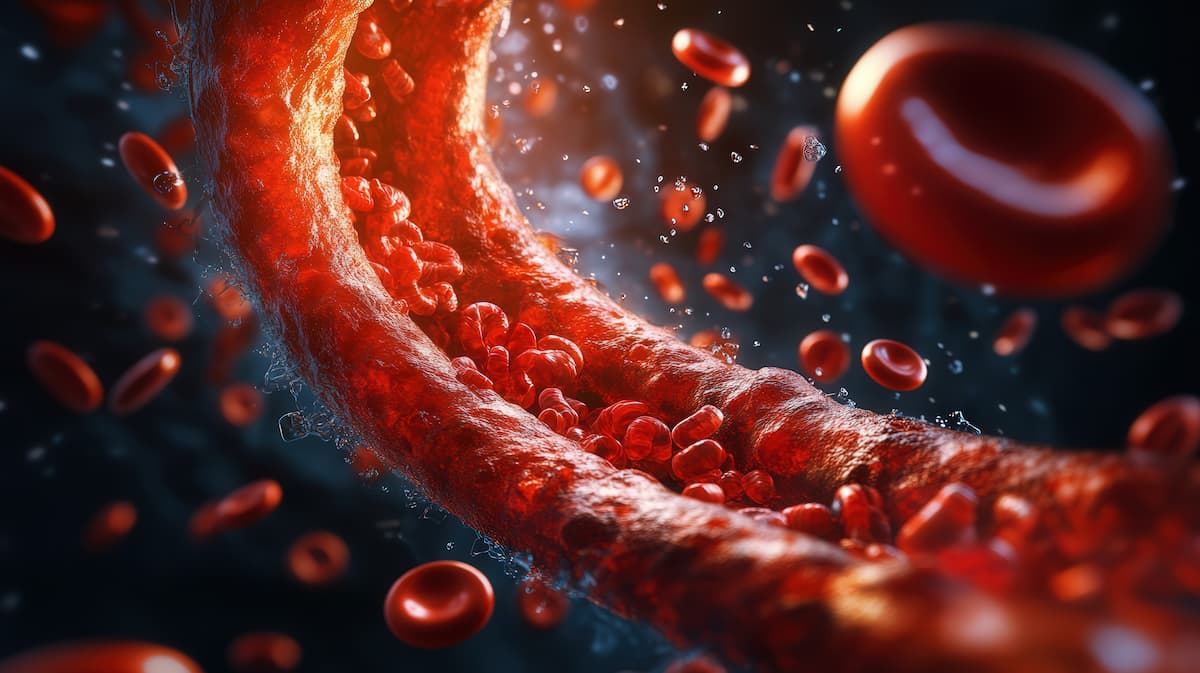Article
Researchers Outline Pathological Mechanisms, Potential Therapeutic Targets in PAH
Author(s):
In a new review, researchers outline both the underlying pathological mechanisms and potential therapeutic targets in pulmonary arterial hypertension (PAH).
As understanding of the pathological mechanisms of pulmonary arterial hypertension (PAH) grows, a range of potential therapeutic targets has emerged for the condition, which remains life-threatening and carries a grim prognosis. In a new review, researchers outline both the underlying pathological mechanisms and potential therapeutic targets making their mark in PAH.
According to the researchers, more than 10 diseases have been established as drivers of genetic mutations linked to the development of PAH, including bone morphogenetic protein receptor type 2 (BMPR2), SMAD family member 9 (SMAD9), activin A receptor-like type 1 (ACVRL1), endoglin (ENG), and eukaryotic translation initiation factor 2 alpha kinase 4 (EIF2AK4).
The researchers consider BMPR2 the most important pathogenic gene of PAH. The gene belongs to the BMP/TGF signaling pathway that induces osteogenesis and cell differentiation, and BMPR2 mutations have been shown to increase susceptibility to PAH.
“A meta-analysis of 1550 PAH patients found that those with BMPR2 mutations were younger and had a more severe form of PAH, associated with high mortality and poor prognosis, than those with normal BMPR2,” wrote the researchers. They also noted that another study found that patients with PAH and BMPR2 mutations showed worse right ventricular function than those with PAH and normal BMPR2.
More recently, other mutations, such as BMP9, also referred to as growth and differentiation factor 2, have been implicated in PAH. The gene binds to ACVRL1 and BMPR2, affecting the regulation of vascular function and angiogenesis.
The researchers also highlighted the inflammatory signaling pathway, which they say could play an important role in the pathologic progression of associated PAH in particular, although they note that understanding of this association is limited.
“Epidemiological studies and an experimental research study have found that PAH is associated with immune dysregulation and abnormal B cell, NK [natural killer] lymphocyte, and regulatory T cell (Treg) activity,” wrote the researchers. “Innate immune system dysfunction is associated with plexiform lesions of PAH. This finding suggests that inflammation and autoimmune mechanisms are closely related to the prognosis and survival of PAH patients.”
Other pathological mechanisms highlighted by the researchers include:
- Apoptosis of phenotypes of pulmonary arterial endothelial cells and proliferation of pulmonary arterial smooth muscle cells
- Epigenetic modifications
- DNA damage and repair
- Estrogen signaling
- Metabolism dysfunction
- Oxidative stress
As for treatments that address these mechanisms contributing to PAH, strategies span 3 categories: cell therapy, auxiliary devices, and interventional therapies.
Research has leveraged induced pluripotent stem cells coming from skin fibroblasts of patients with PAH, allowing for potential personalized therapy based on insights into the molecular mechanism and reprogramming in carriers of BMPR2 mutations. For example, a phase 1 trial is assessing the tolerability of the endothelial progenitor cells (EPCs) overexpressing endothelial nitric oxide synthase via plasmid DNA in patients with idiopathic PAH. Throughout the study, patients received injections of gene-enhanced EPCs.
“These studies using cell therapy are important for addressing the controversial question of the feasibility of patient-derived cellular phenotypes of PAH and for exploring the prospects of new treatment advances, such as using pulmonary organoids for drug screening in diverse conditions,” wrote the researchers.
Auxiliary devices, such as CardioMEMS, and extracorporeal membrane oxygenation have both been used for patients with PAH to maintain pulmonary arterial pressure at a range of 10 to 25 mm Hg in heart failure and to minimize primary graft dysfunction after lung transplantation, respectively.
For those who are not eligible for lung transplantation, interventional therapies like extracorporeal life support have been used. The trans-catheter potts shunt has been used to decrease the load returning to the right side of the heart, supporting cardiopulmonary function.
Reference
Xiao Y, Chen P, Zhou R, Zhang Y, Tian Z, Zhang S. Pathological mechanisms and potential therapeutic targets of pulmonary arterial hypertension: a review. Aging Dis. 2020;11(6):1623-1639. doi:10.14336/AD.2020.0111





